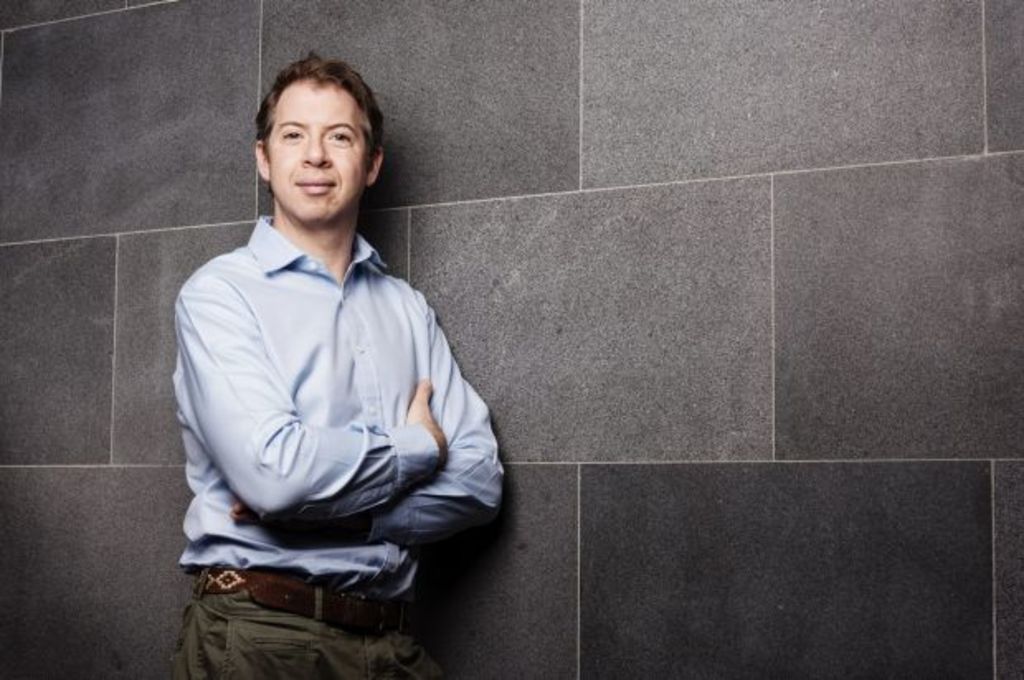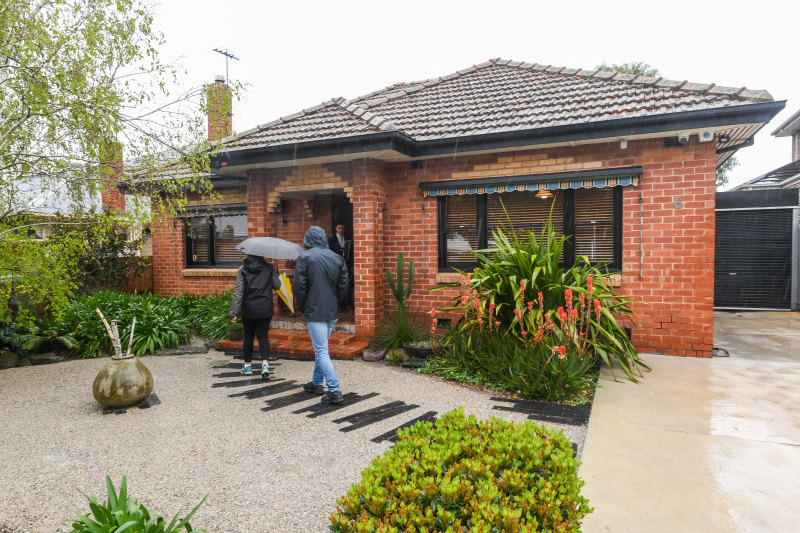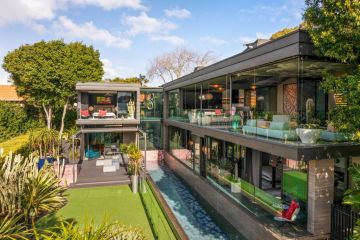BrickX hits 10,000 investors as aspiring homeowners turn to fractional ownership

Building a property portfolio brick by brick is proving increasingly popular in Australia, with thousands of aspiring homeowners buying a portion of a home instead of an entire one.
Since it launched in late 2016, more than 10,000 Australians have used online platform BrickX to invest in a portion of a house or apartment.
It’s one of a number of start-ups that has sprung up in Australia in the past few years to sate a growing appetite for fractional property investment.
Properties purchased by BrickX are put into an individual trust and split into 10,000 units or “bricks” that are then sold off.
Bricks can then be bought and sold on the platform, for which BrickX charges a 1.75 per cent transaction fee. Prices are set by the market, with investors also receiving their cut of the rental returns after property management costs.
Investors have bought $17 million worth of “bricks” across the company’s 14 properties in Sydney, Melbourne and Adelaide. They’ve just bought their 15th property – a one-bedroom apartment in Sydney’s Darlinghurst.
BrickX chief executive Anthony Millet said reaching 10,000 investors showed his company was helping those otherwise locked out of the property market.
“Over 50 per cent [of our investors] are Millennials, and over three-quarters of them have never owned property until now,” he said.
- Related: New platform helps people co-own homes
- Related: Third fractional investment platform hits Australia
- Related: Getting into the market one brick at a time
It was recently reported that both NAB Ventures and Westpac Reinventure were investing in the company, a sign there’s big growth potential in this form of investment.
General manager for wealth at comparison website Canstar, Josh Callaghan, suspects buying shares in property is an investment strategy that will continue to gain momentum.
“In the past there hasn’t really been an easy way of accessing residential property assets without buying a whole house yourself … it’s solved a great problem,” he said.
But he warned buyers to investigate ongoing fees that these types of platforms charged, and also the strength of the secondary market if investors wanted to on-sell their share of a property.
“One advantage at the moment, is that the liquidity on BrickX is quite high … generally investors are able to sell within a couple of days … but it’s something to be conscious of.”
For Property Investment Professionals of Australia chairman Peter Koulizos the “jury was out” on fractional property investment until he could see longer-term results.
“How easy is it to sell [your share in a] property for its true value long term?” he questioned. “We don’t know yet.”
While rental yields on the properties selected by BrickX were relatively low, Mr Koulizos said they appeared to be selecting properties with potential for good capital growth.
But for those looking to make a short-term investment he said now wasn’t a good time to be putting money in Sydney property – whether it was whole house or a fraction of one – as it had already seen huge growth.
It’s not a concern for North Bondi resident Chris Smith who hopes to make good capital gains from the $5000 he spent on bricks across five Sydney properties shortly after the platform launched.
However his share of the monthly rental return doesn’t add up to much – “It’s tiny, it’s cents, it’s really small,” he said.
While buying a house isn’t front of mind for the 31-year-old right now, he likes that BrickX gives him the opportunity to invest in property and diversify his assets.
“It is getting me some exposure to residential property, which is traditionally quite hard to get unless you’re willing to fork out quite a lot of money for a whole property.”
Mr Smith said he liked that BrickX went for high-quality, low-growth properties in inner-city locations, which he felt were more likely to hold their value in declining or stagnant markets.
Mr Koulizos expected fractional investment in property would continue to gain popularity and could serve as a long-term alternative for those who can’t afford to buy property.
“I think we will [see more innovative approaches to buying property], in our major capital cities it is very difficult to invest in properties in the traditional way,” he said.
We recommend
States
Capital Cities
Capital Cities - Rentals
Popular Areas
Allhomes
More







